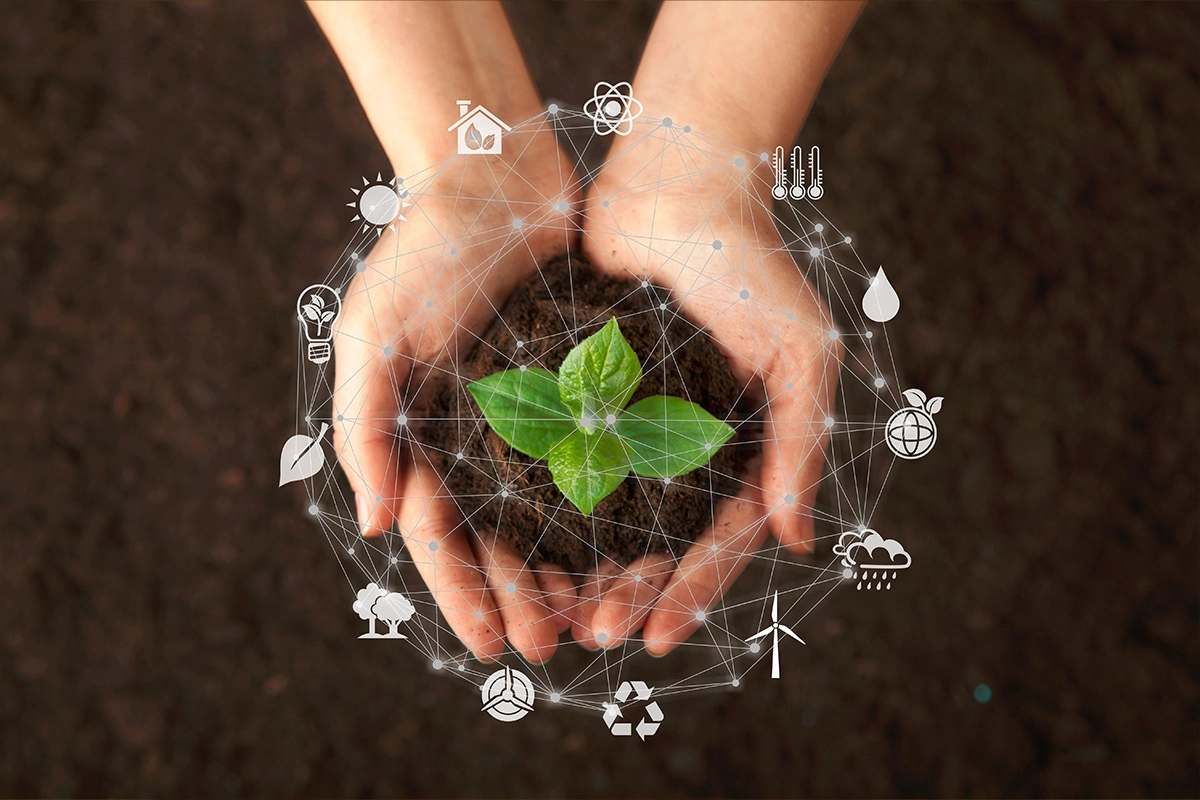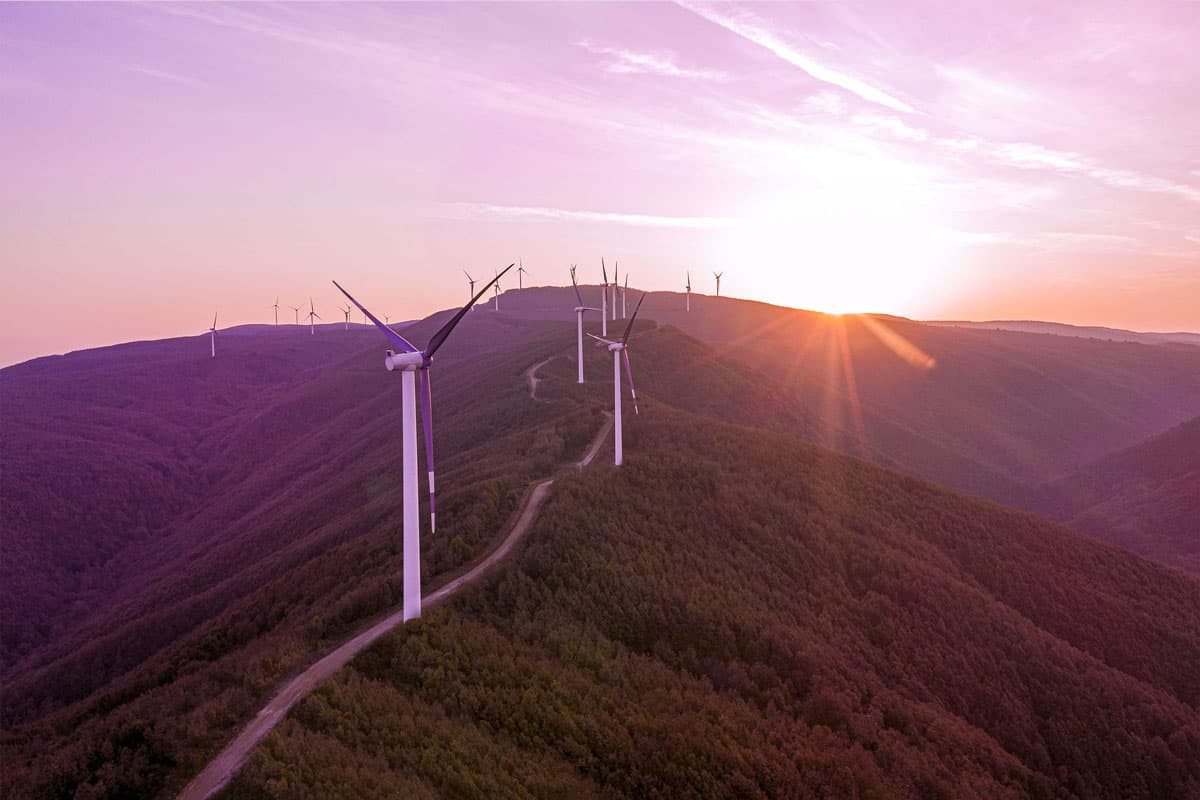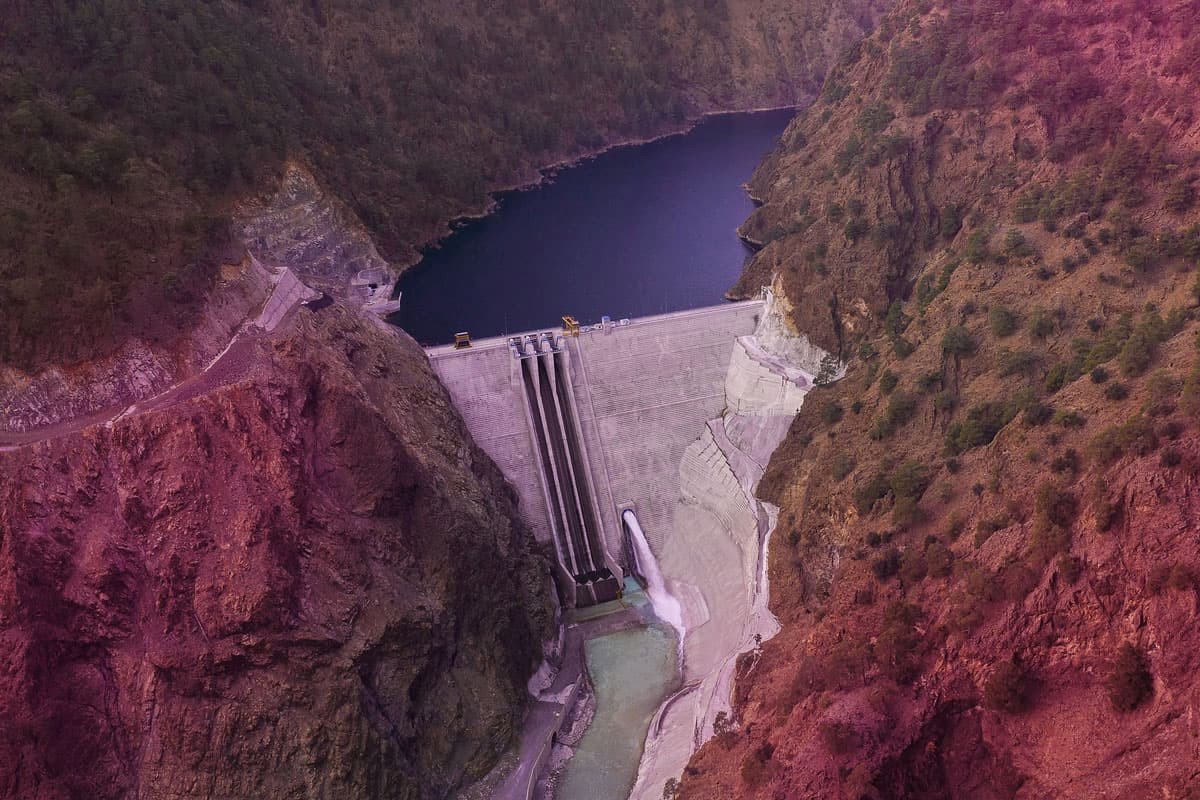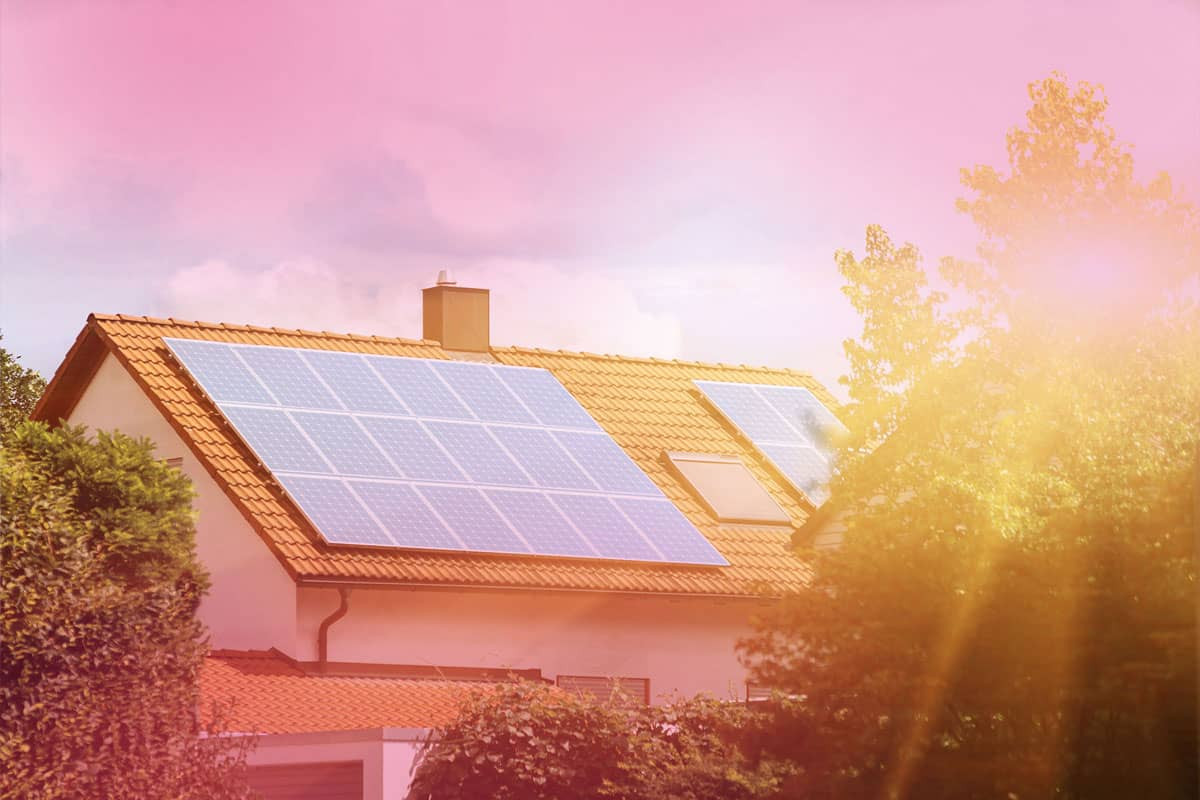
What Is Green Energy? Its Resources and Significance
What is in this article?
Generation of energy is one of the key topics that has been addressed by the mankind over an extended period of time. It is safe to say that it will continue to maintain this position in the years to come. Although the power demand dates back to ancient times, it was transformed by the Industrial Revolution in the 19th century and the extensive use of electricity in the same period.
Today, electricity is an integral part of the modern world in every aspect of life, from health to transportation, education to production. The need for electricity being so high places electricity at the center of sustainable future goals. Today's basic energy production methods, which were widely used in the past, are preparing to be replaced by renewable and green energy sources as a result of advances in science and technology. Let's take a closer look at what green energy is, how it is obtained and, most importantly, what role it plays in a sustainable future is.
.webp)
As energy grows in importance in human life, the methods of energy generation continue to grow more diverse and efficient. Even though concepts such as renewable energy and green energy are familiar to many people today, it is possible to experience confusion from time to time. Green energy is a type of energy derived from a source that does not harm the environment using a method that does not harm the environment as well. Green energy is basically energy that does not harm the environment, is carbon-neutral or where the damage caused to the environment is almost negligible compared to the benefits gained.
Green energy and renewable energy are often used interchangeably. However, there is a subtle difference between the two concepts and experts often prefer to draw a distinction between the two terms. Renewable energy sources can often be considered green energy sources. However, in some cases, the negative impact on the environment for energy generation from renewable sources reaches intolerable levels, in which case they cannot be considered as green energy sources any more..webp)
What Are Green Energy Sources?
Seeking to use natural resources in the most efficient way without harming nature, green energy is also the key to a sustainable future. The first things to come to mind when we talk about green energy sources would be solar and wind power. These two resources continue to spread very quickly because they are easy to implement. Solar power, in particular, is the most preferred type of green energy because of its applicability both for small-scale individual projects and on a much larger scale. In addition to solar and wind power, green energy sources may also include geothermal, biomass and hydroelectric energy sources if they are used in the right way.
 Solar power: The Shining Star of Green Energy
Solar power: The Shining Star of Green Energy
The best-known and most-widely used type of green energy is undoubtedly solar power. Photovoltaic cell technologies make it possible to convert the solar radiation into electricity. Moreover, this technology is becoming cheaper every day, making it accessible to users from all segments of the society. Although using solar power to generate electricity is always at the forefront, the fact that it can also be used to generate heat energy should not be overlooked. Solar power can also be used to heat air and water to meet the heating and warm water needs of living spaces. For further information about solar power, please see the blog post titled "What Is Solar Power?"
The fact that the total amount of solar energy falling on the earth is approximately 200,000 times the total daily power generation of the world will suffice to illustrate the potential of solar power. Despite the fact that the current technology allows us to utilize only a small part of this potential, it is inevitable that it will become one of the main energy sources in the near future as more efficient solutions are developed.
Solar panels are much easier and more cost-effective to manufacture today than in the past. To make use of solar power, you can individually acquire panels of different sizes, from solar panels that can fit in your bag or even in your pocket to solar panels of different sizes that can be placed on the roofs of caravans and houses. For higher capacity production, investments in solar power plants continue to grow every day.
.webp) Wind Power and Sustainable Power Generation
Wind Power and Sustainable Power Generation
Another type of energy that comes to mind first when it comes to green energy is wind power. Although not as common as solar power, wind power is a type of energy that is certain to be among the primary sustainable energy sources of the future. So, what is wind power? Wind power is generated by wind turbines, which resemble windmills on a very large scale. The kinetic energy generated by the wind, i.e. air, rotating the blades of a turbine is converted into electricity.
Electricity generated by wind is much costlier than solar power. Also, the turbines should be placed in areas with constant and strong winds. While there are small-scale wind turbines for individual use, they cannot be implemented in every location due to the need for wind.
Wind turbines are located in all 50 states of the United States, meeting more than 10% of the total power demand. For some states, this corresponds to a significant share of their power demand.
Geothermal, Biomass and Hydroelectricity
Solar and wind power rank at the top in green energy. However, resources for clean power generation are not limited to these. Geothermal, biomass and hydroelectric energy sources, which are used extensively in power generation today, can also be considered green energy sources when they are used with the goal of causing minimum environmental damage.
Reservoirs of hot water between layers of the earth's crust are called geothermal springs. This hot water and steam, which is brought to the surface through wells, are natural resources that can be used for power generation. The heat energy transferred to the surface and the steam released are used to turn electric turbines, which in turn generate electricity. Geothermal energy can also be utilized for heating and cooling purposes. It requires much less space than wind and solar power plants.
Biomass energy has long been used in power generation, but recent developments have made it much more environmentally friendly. Biomass can be defined as renewable, organic matter derived from plants and animals. This definition can be expanded to include animal waste, human waste, wood, agricultural product waste and garbage. Biomass can be burned directly to generate heat. However, it is also commonly used for fuel production in solid, liquid and gaseous forms. As of 2023, biomass accounts for about 5% of the total primary power consumption of the United States.
Hydroelectric power is generated by converting the kinetic energy of water into electricity. In its simplest form, hydroelectric power generation is realized by controlling the flow of water by building a dam on a river bed. The kinetic energy of the water is used to turn the turbines and generate electricity. The kinetic energy of water is utilized with 90% efficiency and without any fuel consumption or direct emissions. However, environmental damage must be kept under control in order for it to be classified as green energy.
.webp) Environmental and Economic Benefits of Green Energy
Environmental and Economic Benefits of Green Energy
Green energy helps to meet power demand in an environmentally friendly way. This brings along many environmental and economic benefits. They are distinguished firstly, and predictably, by the fact that they do not release greenhouse gases compared to fossil fuels. Thus, as green energy becomes more effective in overall power generation, negative impacts on the environment, especially air pollution, can be eliminated.
In economic terms, it enables power demand to be met by different sources rather than a single source. It also reduces the reliance on energy imports. Another effect is that it allows power generation to be met at much more affordable costs. The use of green energy sources, especially in production processes, contributes to reducing production costs in the long term.
Green Energy Vision and Activities of Aydem Perakende
With the Green Energy Campaign at Work campaign designed for customers who want to support renewable energy sources, Aydem Perakende popularizes the use of green energy and enables businesses to obtain I-REC Certificates. In all its activities, Aydem Perakende prioritizes sustainability with the awareness of social responsibility, environmental protection, heritage for future generations, quality of life and protection of energy resources. To this end, it acts as a participant in the United Nations Global Compact (UN Global Compact), the world's most comprehensive sustainability platform, and is committed to abiding by these principles.
Demonstrating corporate transparency against climate change, Aydem Perakende is on the A List in the Climate Change Program of the Carbon Disclosure Project, the world's largest environmental reporting platform. Also winning the Silver Award at the LACP 2023 Vision Awards with the Aydem Perakende Sustainability Report, Aydem once again affirmed the success of its sustainability vision.
Don't forget to check out other blog posts on energy saving, recycling, renewable energy sources and sustainability.

 Online Services
Online Services Application Inquiry
Application Inquiry Pay Assurance Fee
Pay Assurance Fee Query Installation Number
Query Installation Number Compensation Fee Inquiry
Compensation Fee Inquiry Automatic Payment Order Inquiry
Automatic Payment Order Inquiry Partnership
Partnership
.webp)





Leave a Comment